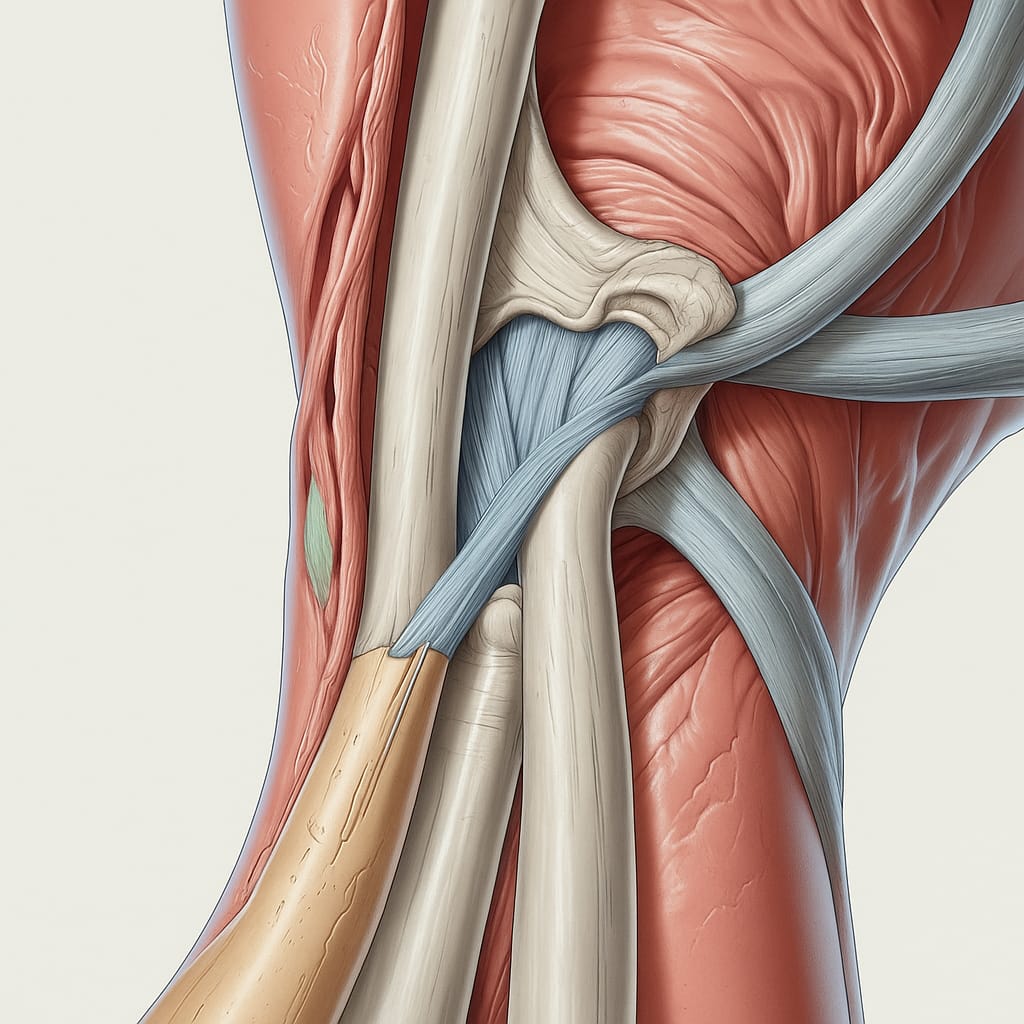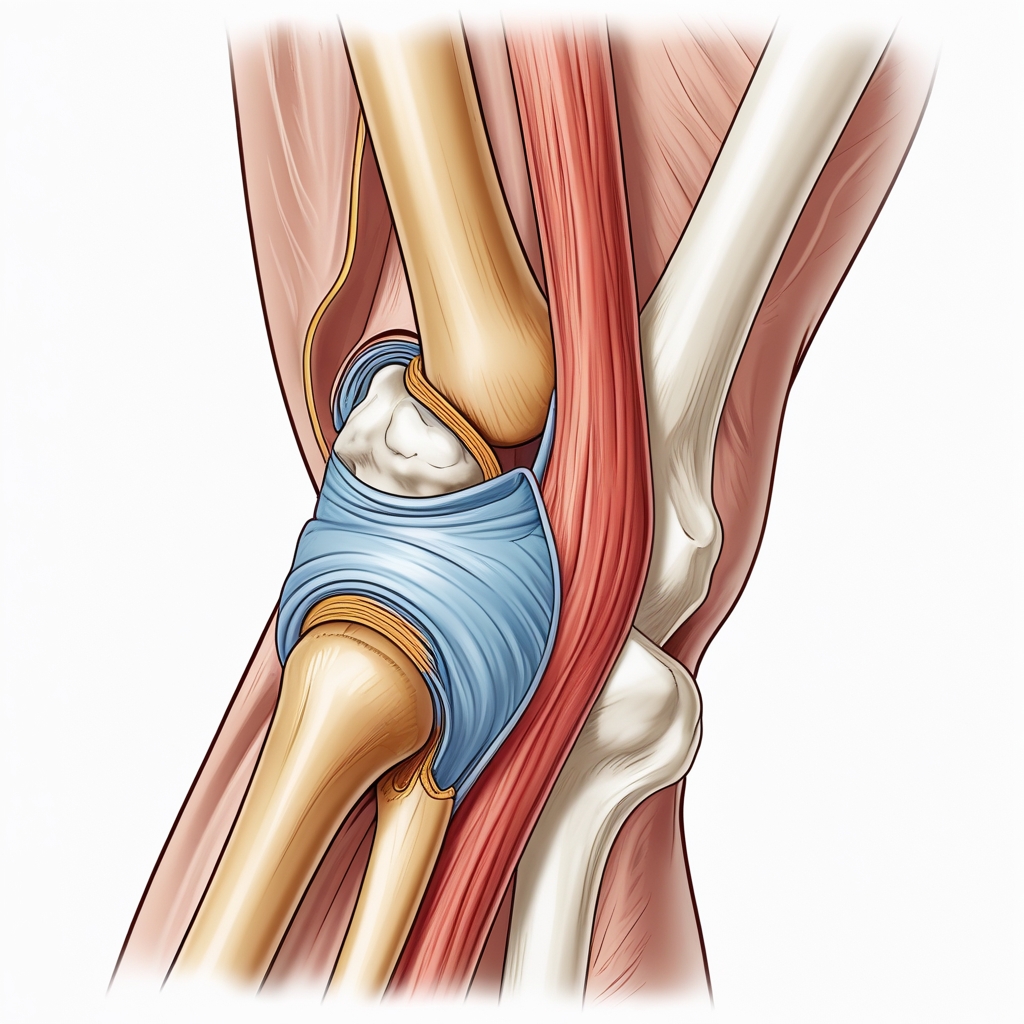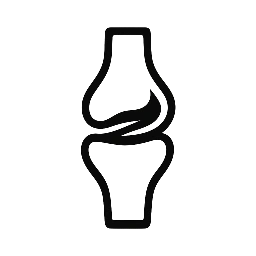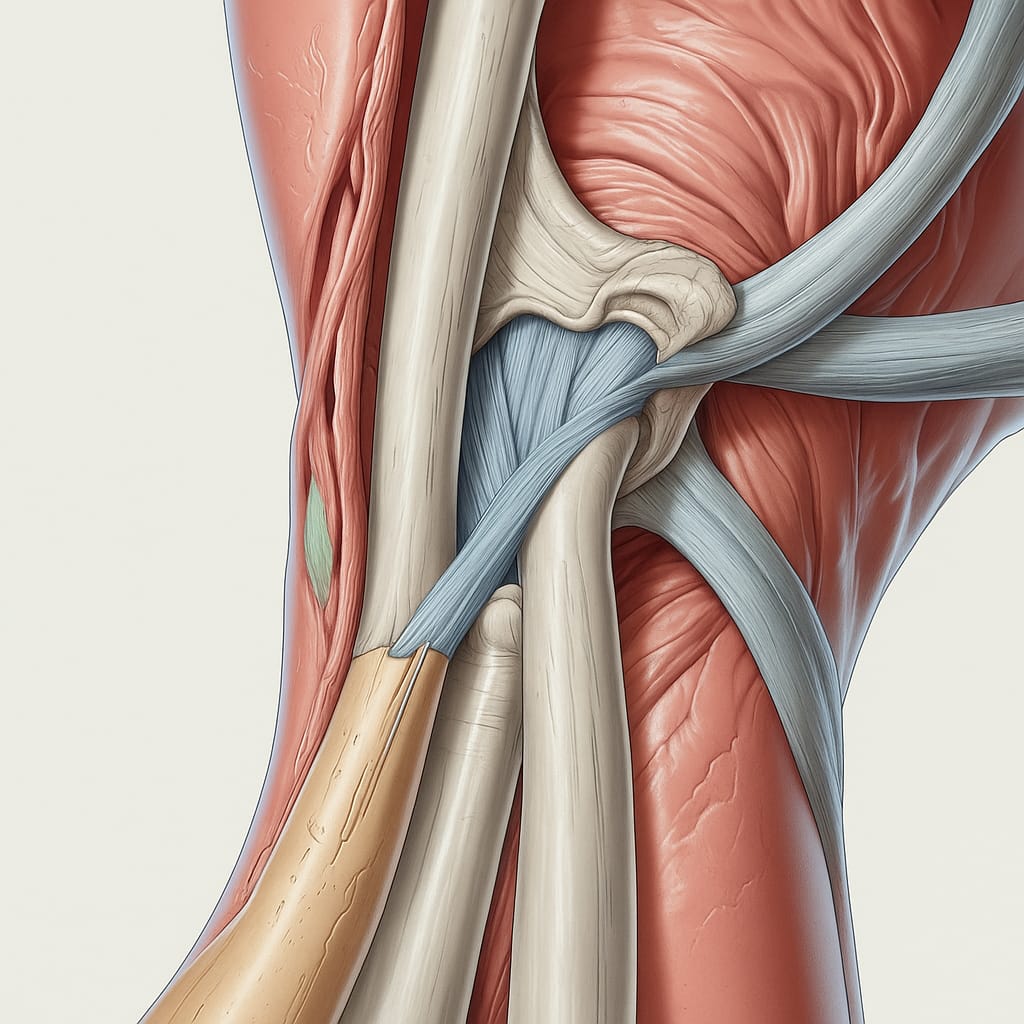Have you ever watched a baseball game and heard the announcer mention that a pitcher is out with an elbow injury, possibly needing “Tommy John surgery”? The injury they are often talking about involves a small but incredibly important ligament on the inside of the elbow: the Ulnar Collateral Ligament, or UCL.
But what exactly is the UCL, and why is it so crucial for athletes?
This guide will provide a simple, clear explanation of everything you need to know about the ulnar collateral ligament, its function, and the common injuries that affect it.

What is the UCL and What Does It Do?
Think of the ulnar collateral ligament as a strong, thick rubber band located on the inner side of your elbow. Its main job is to connect the humerus (the upper arm bone) to the ulna (one of the bones in your forearm).
The primary function of the UCL is to provide stability to the elbow joint. It acts like a powerful hinge, preventing the elbow from bending sideways in an unnatural way. This stability is especially important during forceful overhead motions, like throwing a ball or serving in tennis. Without a healthy UCL, these actions would be unstable and painful.

Who Is Most at Risk for a UCL Injury?
While anyone can injure their elbow, UCL injuries are most famous in the world of sports. The group most at risk are overhead athletes, which include:
- Baseball Pitchers: This is the most common group. The repetitive, high-velocity motion of pitching puts enormous stress on the UCL.
- Javelin Throwers
- Tennis Players
- Volleyball Players
- Quarterbacks in American Football
Injuries can also occur from trauma, such as falling on an outstretched arm, which can stretch or tear the ligament suddenly.

Common Causes of UCL Injuries
UCL injuries typically fall into two categories:
- Chronic Overuse (Most Common): This happens over time due to repetitive stress. With each throw, the ligament is stretched slightly. Over hundreds and thousands of throws, these tiny micro-tears can add up, causing the ligament to wear down, stretch out, and eventually tear.
- Acute Trauma: This is a sudden injury caused by a single event. A common example is a fall where the arm is forced into an unnatural position, causing the ligament to pop or tear instantly.
Signs and Symptoms of a UCL Injury
How do you know if you might have injured your UCL? Here are the most common signs:
- Pain on the inner side of the elbow.
- A sudden “pop” or tearing sensation at the time of injury (in acute cases).
- A feeling of instability or looseness in the elbow.
- Tingling or numbness in the pinky and ring fingers (this can happen if the nearby ulnar nerve is irritated).
- Swelling and tenderness around the inner elbow.
- A noticeable decrease in performance, such as a loss of throwing speed or control.
How Do Doctors Diagnose a UCL Injury?
If you suspect a UCL injury, it’s crucial to see a medical professional. A doctor will typically diagnose the issue through:
- Physical Examination: They will discuss your symptoms and how the injury happened. A key diagnostic tool is the “valgus stress test,” where the doctor gently applies pressure to the side of the elbow to check for instability.
- Imaging Tests: While an X-ray might be used to rule out bone fractures, the best way to see the ligament itself is with an MRI (Magnetic Resonance Imaging) scan. An MRI can clearly show if the UCL is stretched, partially torn, or completely ruptured.
What Are the Treatment Options?
Treatment depends entirely on the severity of the injury and the patient’s goals (for example, if they are an athlete who needs to return to their sport).
In future articles, we will dive deep into each treatment option, but here is a brief overview:
- Non-Surgical Treatment: For partial tears or less severe sprains, doctors often recommend rest, ice, anti-inflammatory medication, and a detailed physical therapy program to strengthen the surrounding muscles.
- Surgical Treatment: For complete tears, especially in high-level athletes, surgery is often required. The most famous procedure is UCL reconstruction, commonly known as “Tommy John surgery,” where a new ligament is created using a tendon from another part of the body.
Remember, this article is for informational purposes only and is not a substitute for professional medical advice. If you are experiencing elbow pain, please consult a qualified doctor or physical therapist for an accurate diagnosis and treatment plan.


Leave a Reply